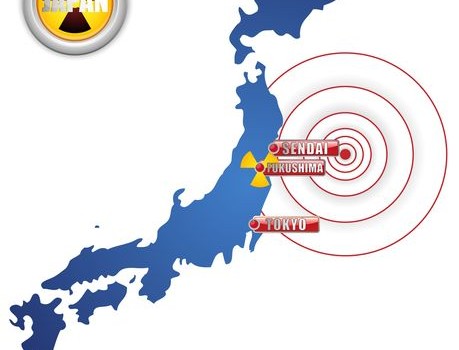The official report of the National Diet of Japan Fukushima Nuclear Accident Independent Investigation Commission (NAIIC) is out and it states that Fukushima was a manmade disaster.
After the earthquake followed by the tsunami in Japan in March 2011, the Fukushima Daiichi nuclear power plant suffered a catastrophic accident which spilled radioactive materials across the Japanese landscape and into the ocean. The NAIIC was formed to investigate the initial causes of the nuclear accident, as well as the emergency response following the accident. The NAIIC was also charged with recommending future policies and procedures to prevent another such accident.
Clearly, the accident began when an earthquake hit Japan and was compounded by the tsunami which followed. However, in an area prone to earthquakes and tsunami, why was this exact scenario not planned for?
From the executive summary of the report:
The TEPCO [Tokyo Electric Power Company] Fukushima Nuclear Power Plant accident was the result of collusion between the government, the regulators and TEPCO, and the lack of governance by said parties. They effectively betrayed the nation’s right to be safe from nuclear accidents. Therefore, we conclude that the accident was clearly “manmade.” We believe that the root causes were the organizational and regulatory systems that supported faulty rationales for decisions and actions, rather than issues relating to the competency of any specific individual.
Basic safety requirements simply were not met. The Nuclear and Industrial Safety Agency (NISA) recommended structural reinforcements, but did not require them. Instead, they stated the operator of the nuclear power plant should decide when and how to undertake the improvements. None of those reinforcements had been implemented at the time of the accident. No regulations to prevent damage to the core by a tsunami had been created at all.
Evidence in the report shows that TEPCO realized that a tsunami might cause total electrical failure within the plant, making it impossible to cool the core or even monitor it, but had made no plans to reduce the risk. Furthermore, the regulators also knew the risk, but did not require TEPCO to make the plans.
NAIIC found that regulators and TEPCO worked closely to relieve burdens on industry. From the report:
For example, NISA informed the operators that they did not need to consider a possible station blackout (SBO) because the probability was small and other measures were in place. It then asked the operators to write a report that would give the appropriate rationale for why this consideration was unnecessary.
At first, NISA refused to provide the documents that showed this collusion. NAIIC had to use their legislative powers in order to gain access to the information.
What we find in the report is a familiar story to most of us. Safety improvements cut into industry profits. Regulators work hard to relieve the burden on industry.
The executive summary (pdf) is 88 pages long in English. The full report will be translated and available online soon.
Fukushima graphic via Shutterstock


You must be logged in to post a comment.